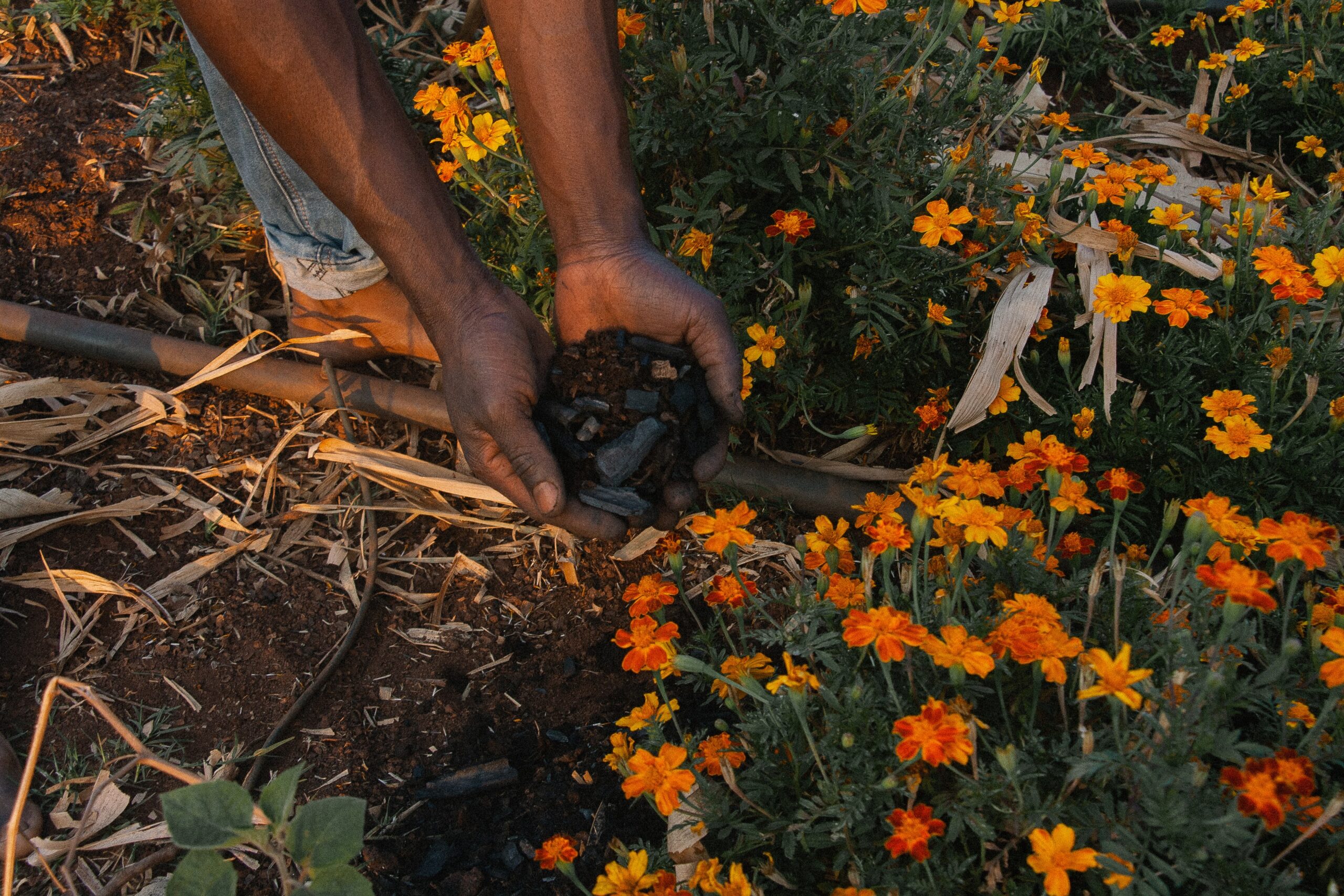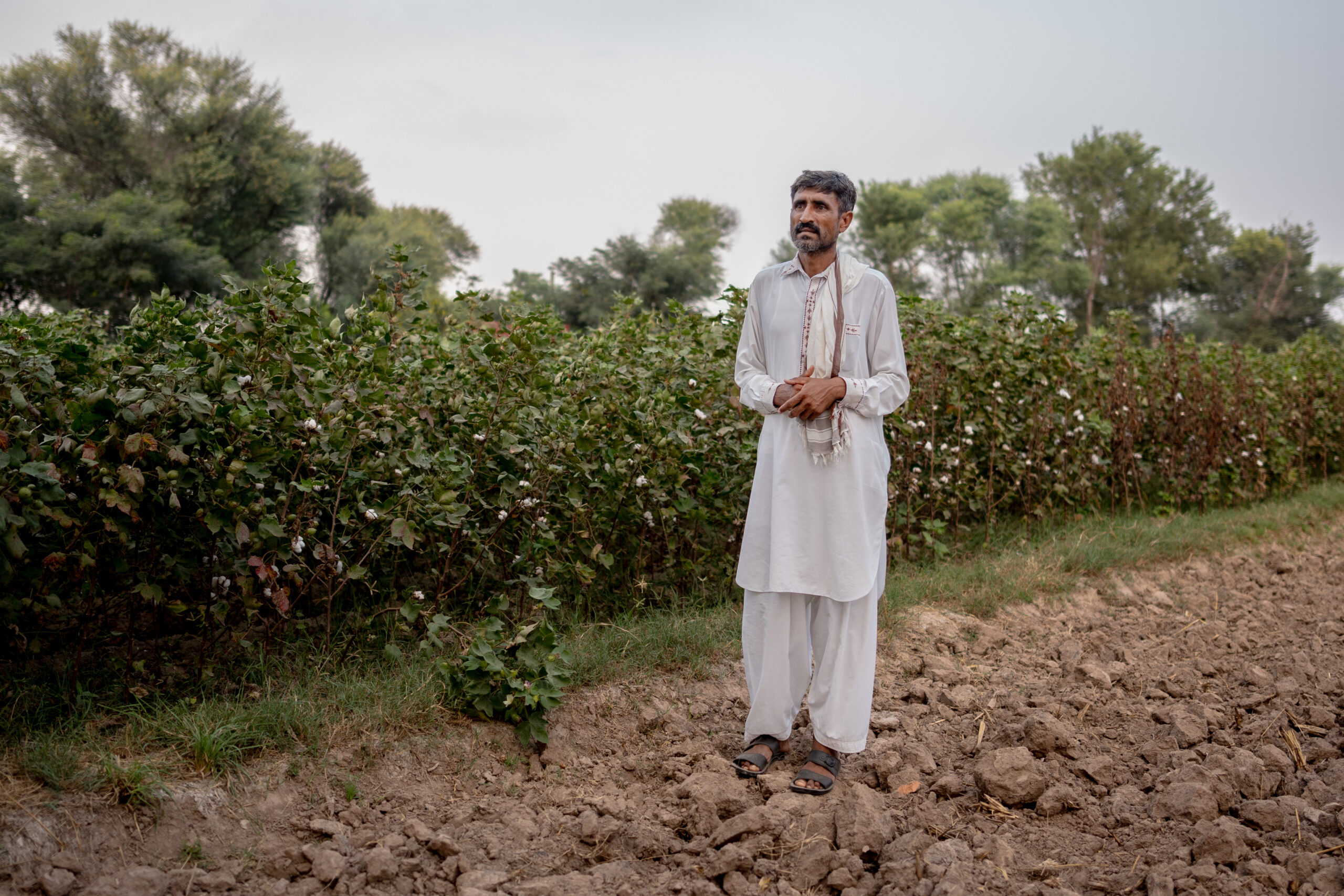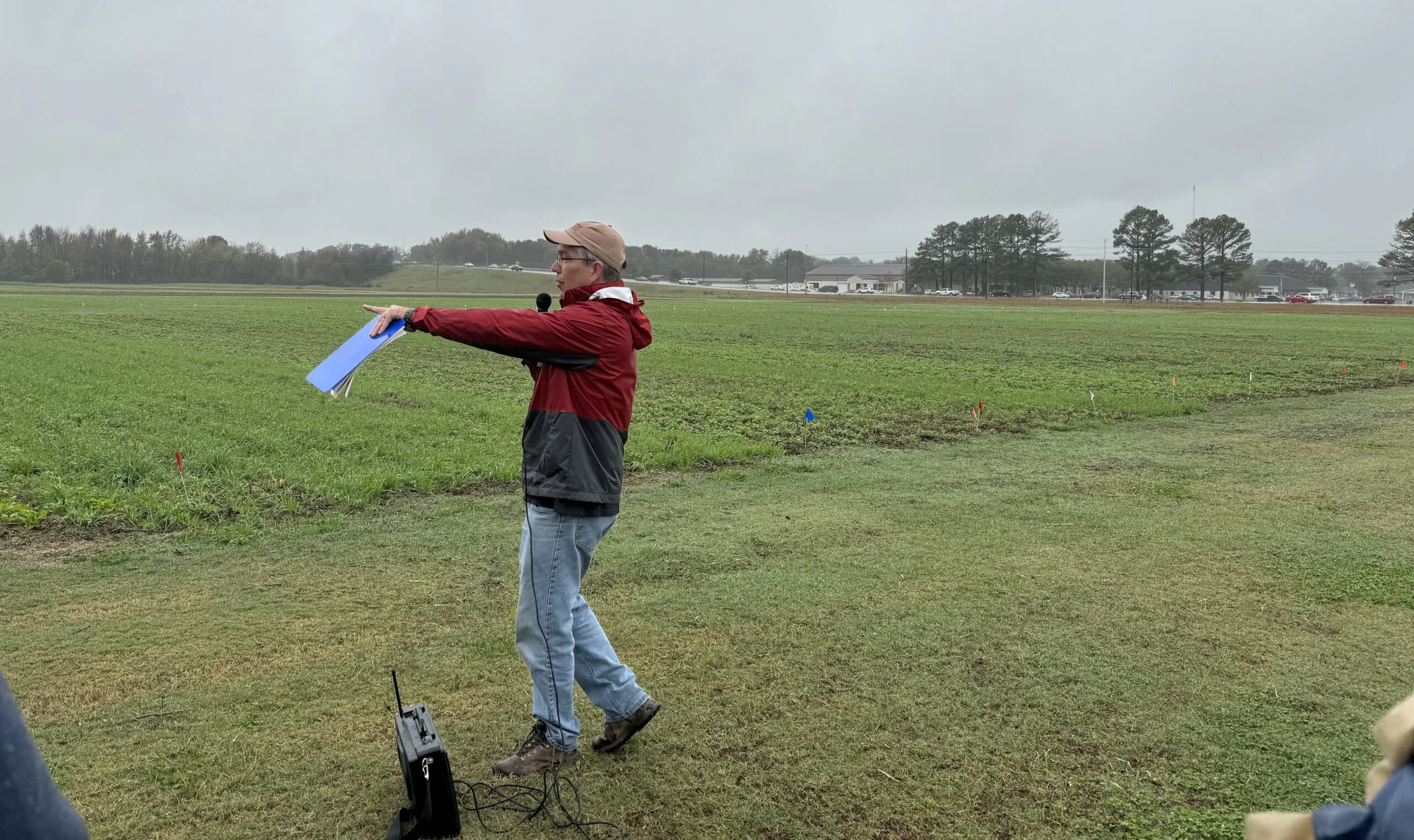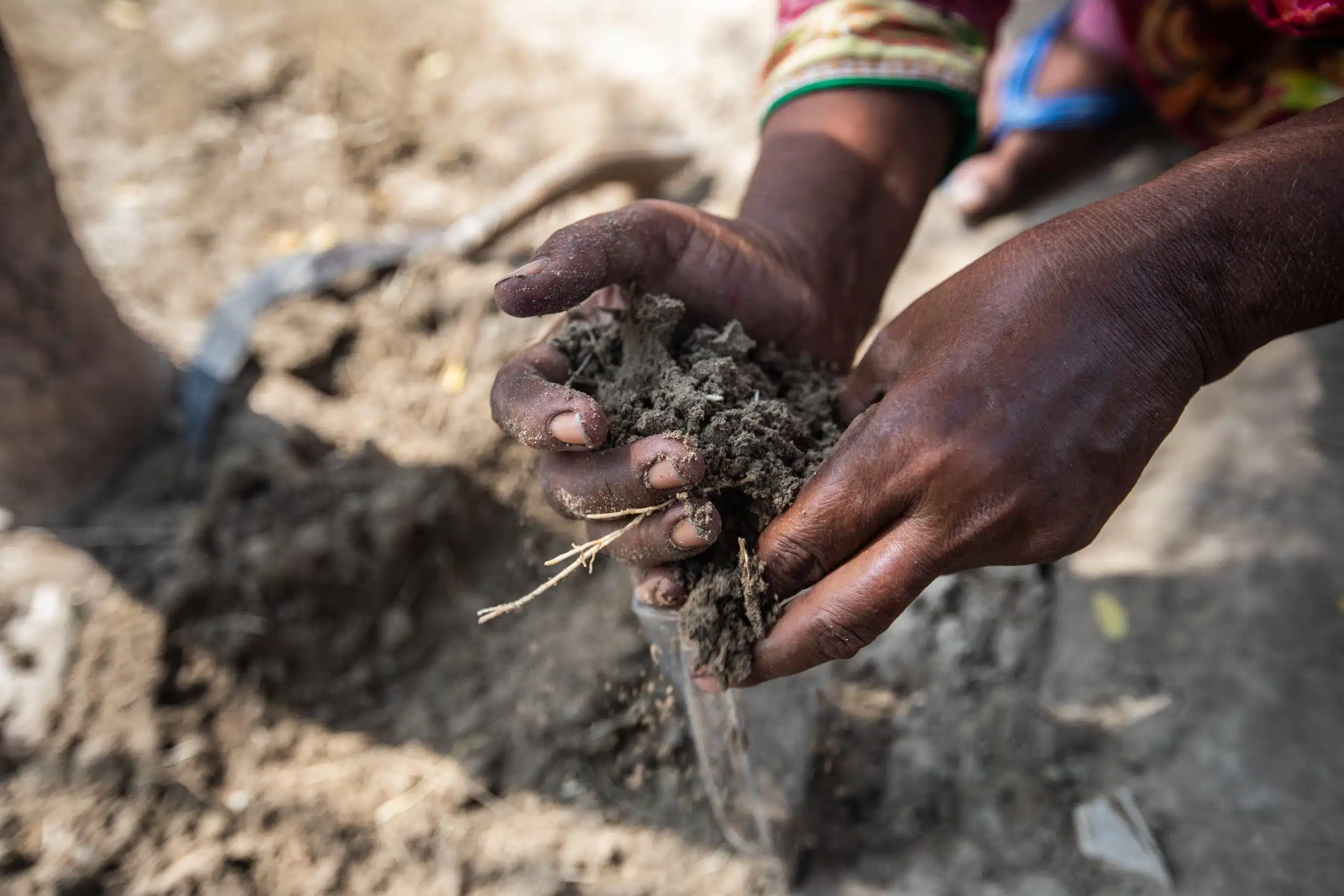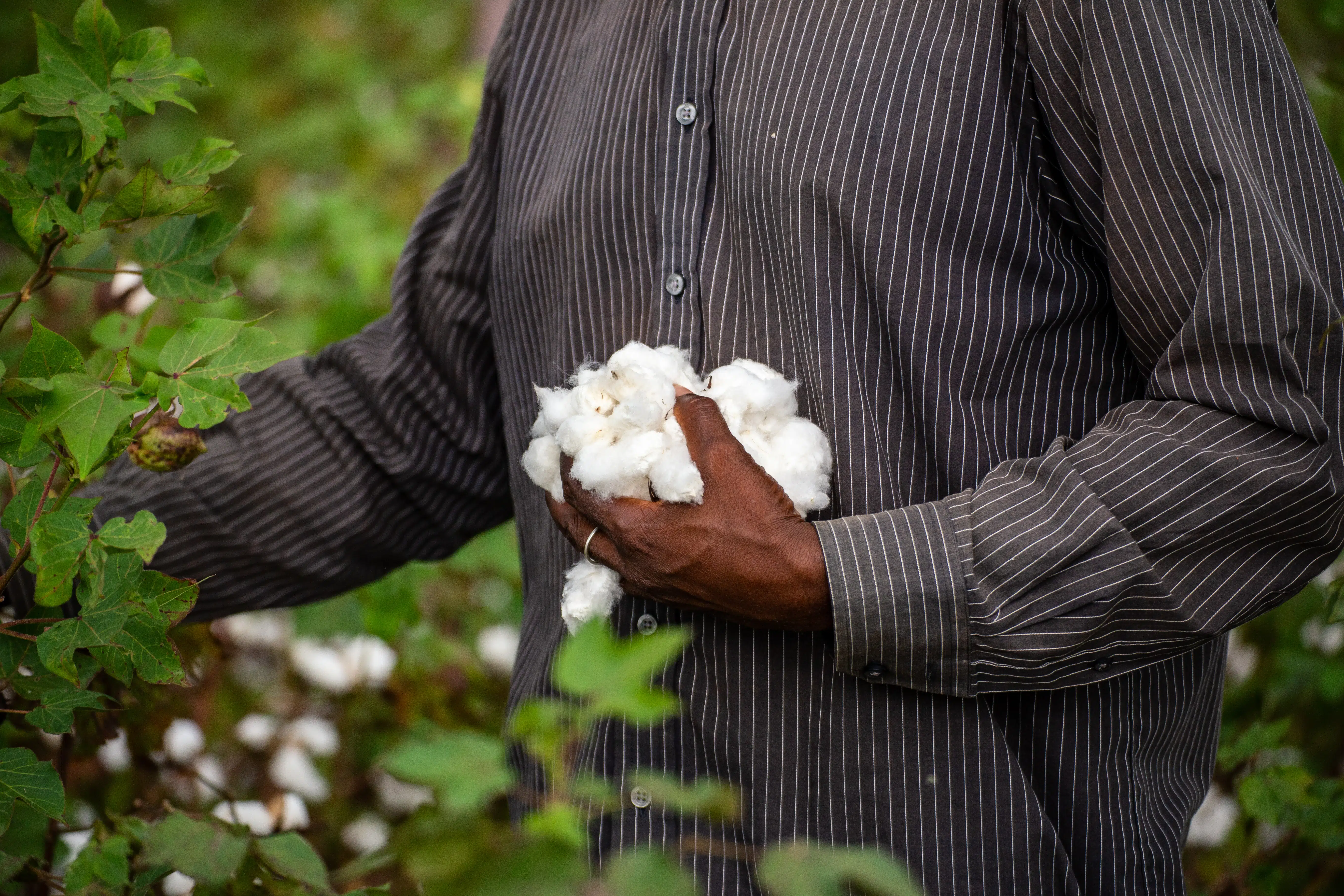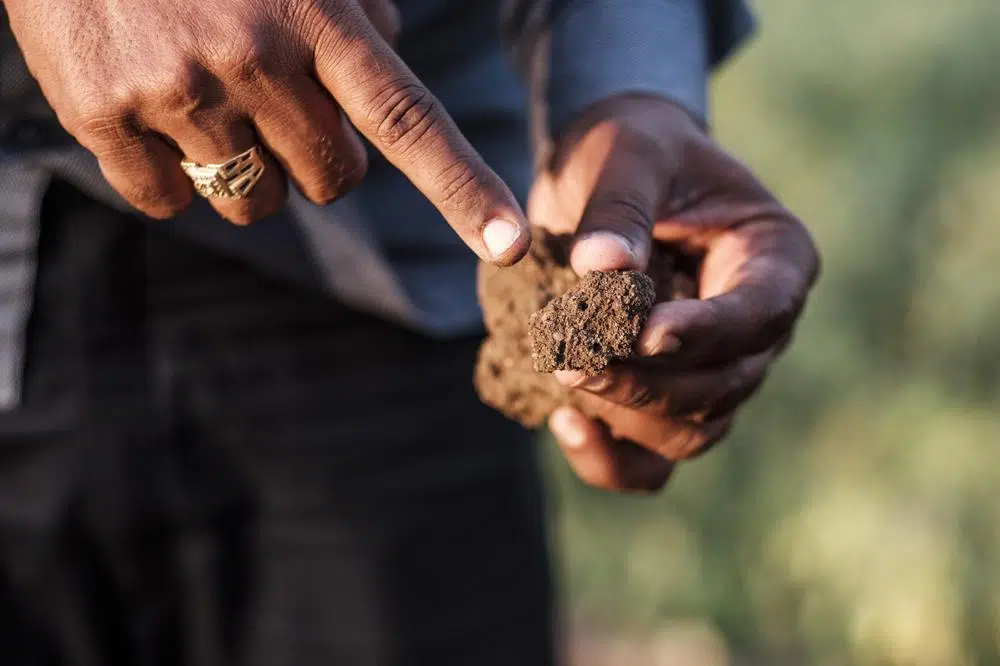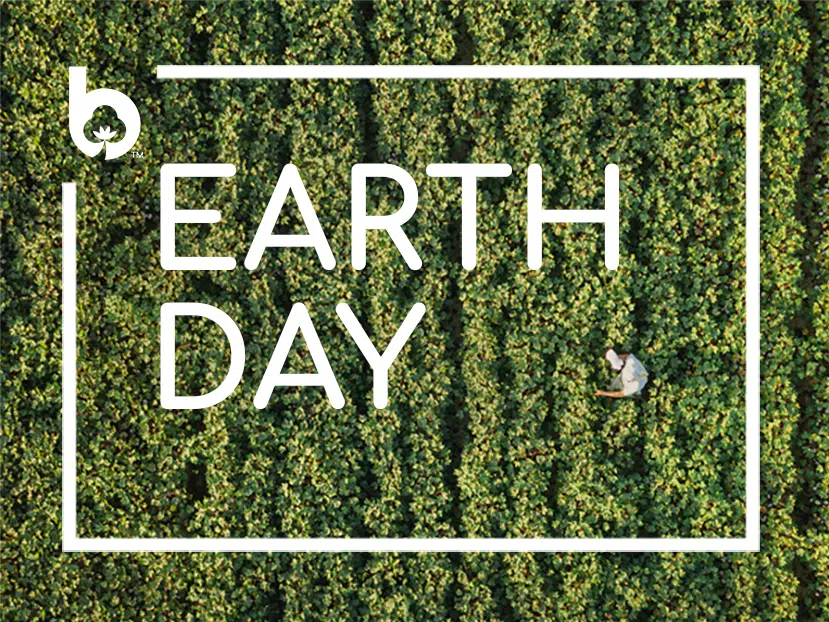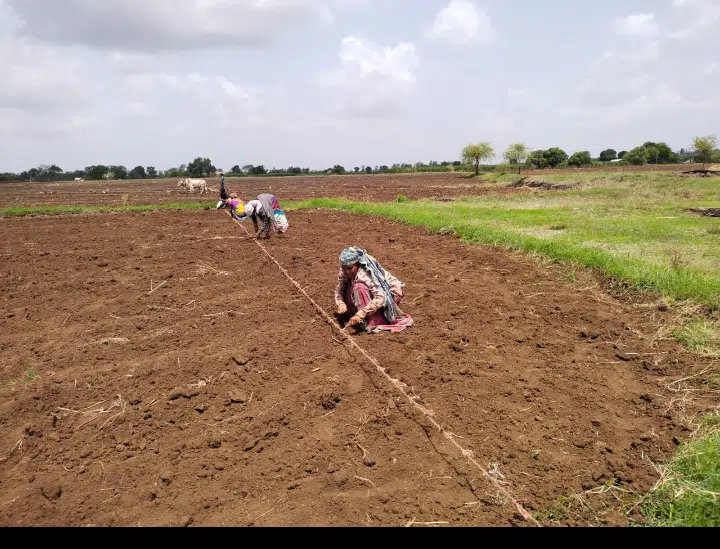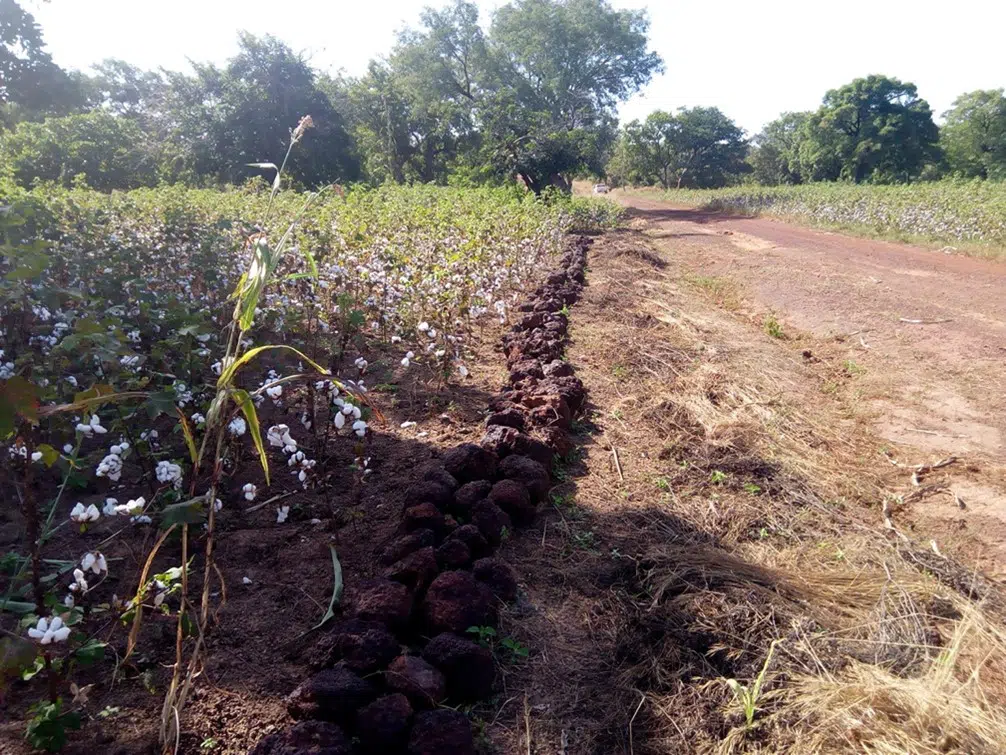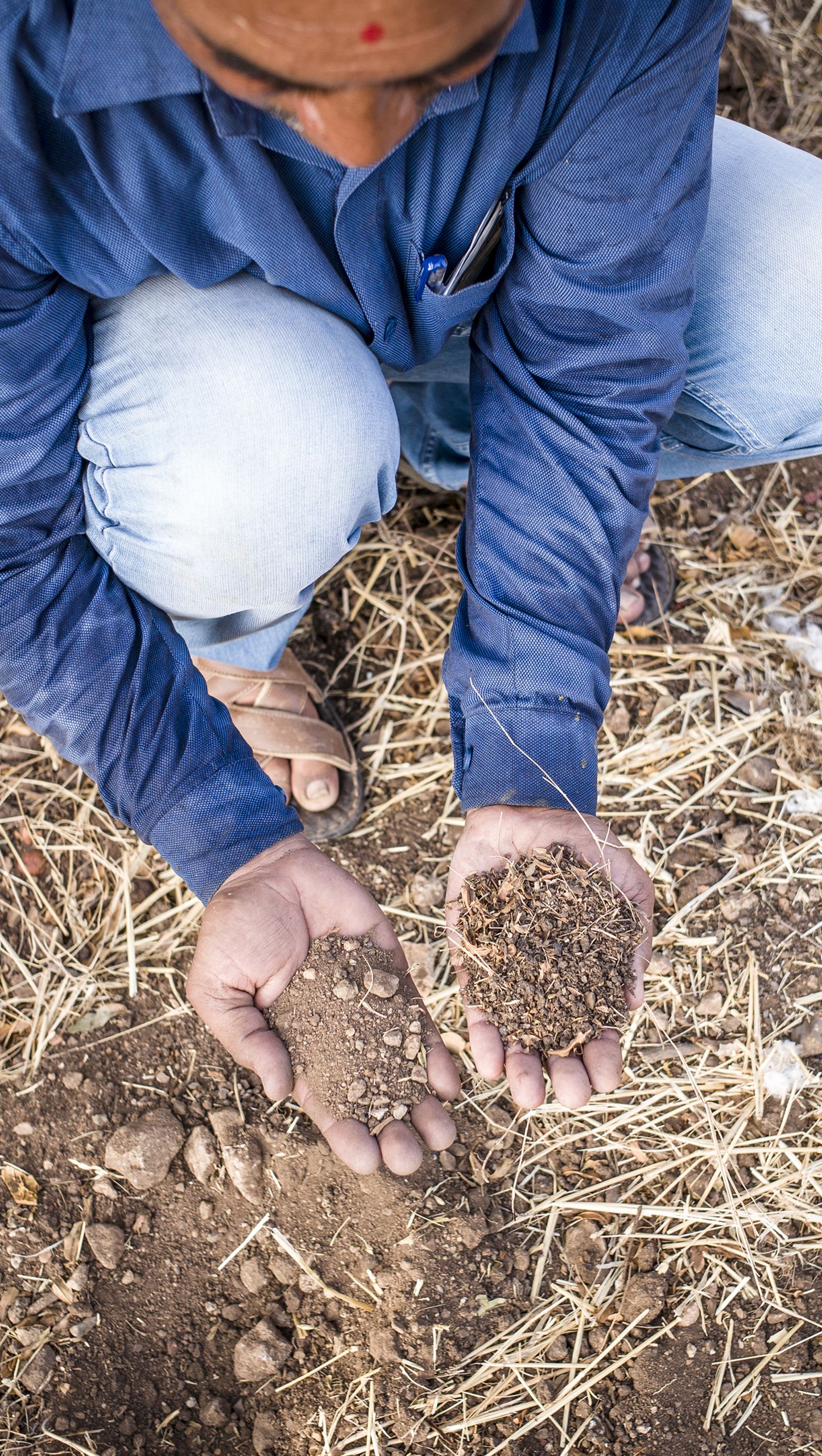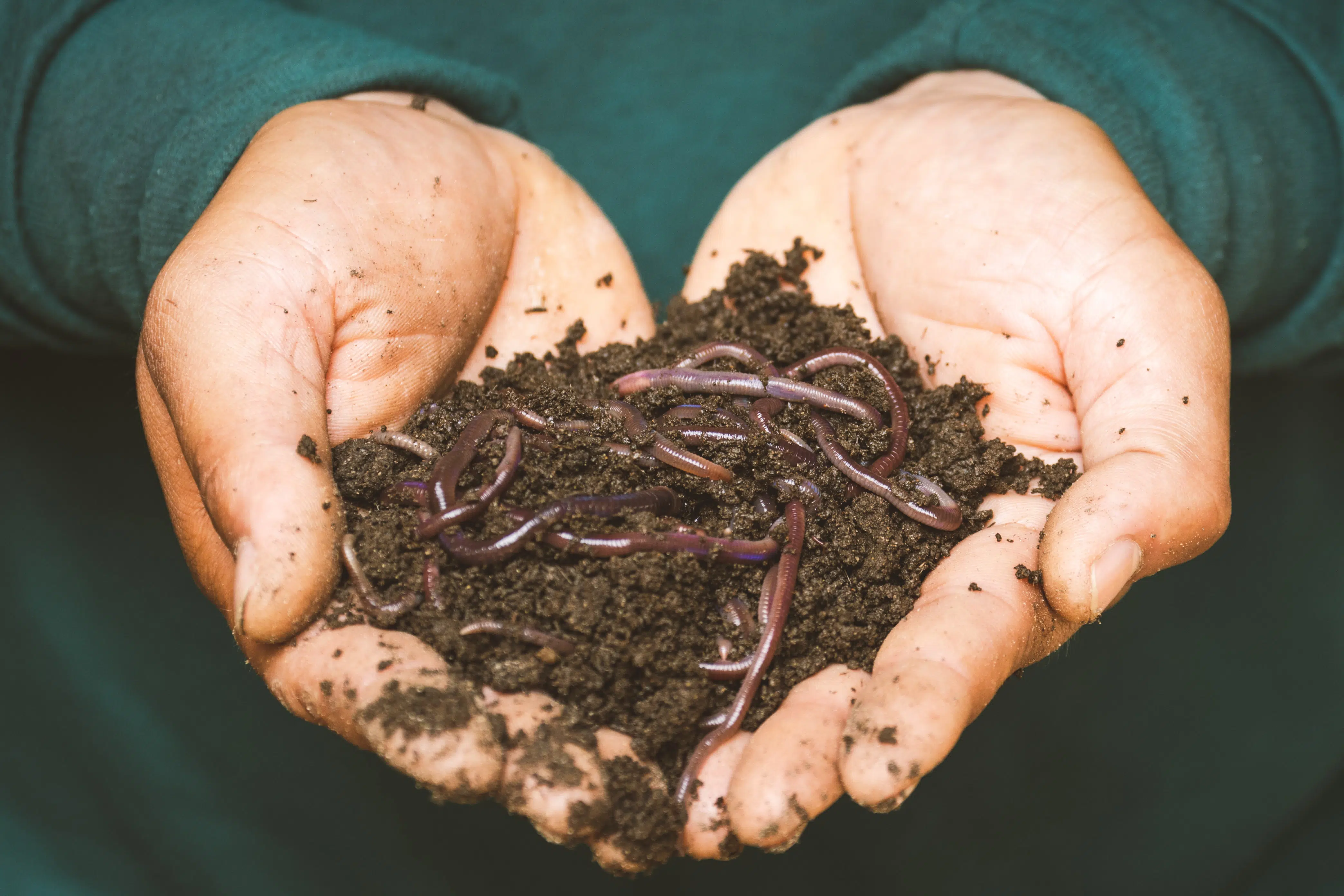
By Alan McClay, CEO, Better Cotton.
This article was first published by Equal Times on 8 December 2022.
It’s a busy time for environmental negotiators. Barely has COP27 in Sharm-el-Sheik ended, then it’s off to Montreal for another round of UN talks – this time on the world’s biodiversity crisis.
The pre-summit hype is all around a ‘Paris moment’ for the planet’s dangerously overstretched ecosystems. Environmental groups are desperately hoping for a set of ambitious, globally agreed targets that will not only protect what biodiversity remains, but also restore precious ecosystems that have been lost.
It is a prescient, planet-saving goal. And it’s one that global agriculture needs to embrace as firmly as any. A staggering 69 per cent of wildlife has been lost over the last fifty years, with “changes to land use” (a euphemism for the extension of industrial agriculture) identified as the chief culprit of this dramatic decline.
As government negotiators gather yet again, therefore, it is imperative that land – and agriculture’s role in managing it – is foremost in their minds. How we use it, what we use it for, and how can we best conserve it?
Success or failure with regards to the future of the world’s land and its ability to sustain life is one determining factor: soil health. The earth beneath our feet is so ubiquitous that it is easy to take it for granted, but it literally provides the building bricks of life.
Just one teaspoon of healthy soil can contain more microorganisms than the total number of people alive today. These crucially important microbes are responsible for transforming plant residues and other organisms into nutrients – nutrients that then feed the crops that provide 95 per cent of the world’s food.
The headline images of today’s biodiversity collapse are all too evident: decimated forests, dried out rivers, expanding deserts, flash floods, and so on. What is happening underground is as bad if not worse. Decades of mismanagement and pollution have given rise to a massive degradation in the soil biome, which, if not stalled and ideally reversed, will persist in bringing land fertility close to zero and crops and other plant life to wholesale collapse.
Declining soil health
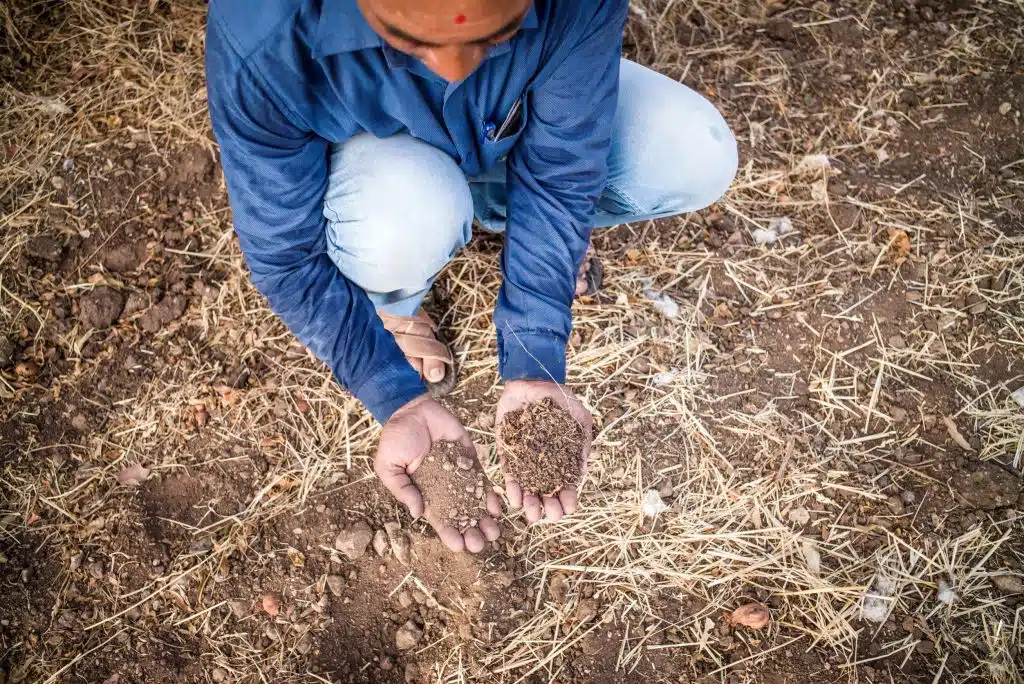

Healthy soils are, in fact, widely credited with helping sequester carbon. And it is not only environmentalists and climate groups who are worried about soil health. Agricultural businesses are concerned too. According to the United Nations, two-fifths of the world’s soils are now degraded, while a significant minority (12-14 per cent) of agricultural and grazing land is already experiencing “persistent, long-term decline”.
Agribusiness does not have to wait for the inevitable hit to its bottom-line. Farmers in Pakistan, for example, tragically saw 45 per cent of all their cropland disappear under water after terrible floods in August. Droughts in California, meanwhile, have seen available farmland shrink by nearly 10 per cent this year, with lost profits calculated at US$1.7 billion. As for continental Europe and the UK, lack of rain is causing average annual farming losses of around US$9.24 billion.
Stemming the decline in soil health will not be easy, but a future of continued degradation and reduction in land fertility does not have to be inevitable. Soil science is advancing at incredible speed, offering an ever-greater understanding of how soil ecosystems operate and what contributes to healthy soils.
Sustainable agronomy and agricultural technology are also advancing at pace. Take the rapid development of biofertilizers in place of nitrogen-based mineral fertilizers, which increase soil acidity and harm microbial life when overused. The market for fertilizers made from fungi, for instance, is projected to grow in double digits in coming years, with valuations exceeding US$1 billion by 2027.
Important as scientific breakthroughs promise to be, many steps for effectively managing soil health are already well-known. Reducing tilling (no-till or low-till), use of cover crops, complex crop rotation, and rotating livestock with crops are just some of the practices proven to prevent erosion and improve soil biology.
All these approaches form part of the guidance and training that Better Cotton is currently providing to cotton farmers across the world. Under our revised principles, all Better Cotton farmers are also encouraged to develop soil management plans. Where relevant, these include a commitment to reduce their use of inorganic fertilisers and pesticides, ideally swapping them for organic alternatives.
Responsible soil management
Similar moves are afoot elsewhere. The US-based Soil Health Institute, for example, recently established a Regenerative Cotton Fund with the objective of incentivising farmers to implement progressive soil management techniques on over one million hectares of US cotton cropland.
At a farm level, approaches to soil management will inevitably differ. Soil type, climatic conditions, farm size, crop type, and a host of other variables will influence precisely what strategy farmers develop. Common to all, however, will be the integration of other sustainable practices, from steps to mitigate carbon emissions through to measures to protect water resources. Each feeds into the other.
As an organisation that exists to improve farmers’ livelihoods, it is our conviction that improving soil health will deliver for cotton growers as well as the planet.
The evidence base is still growing, but initial field trials show a clear connection between sustainable soil management and cotton’s yield attributes. For other crops, meanwhile, responsible soil management has been shown to increase average yields by up to 58 per cent.
Yield effects aside, there are also market trends to consider. Faced with growing consumer pressure, big brands are expressing ever greater interest in the social and environmental footprint of the raw material they buy. Brands such as Patagonia, the North Face, Allbirds, Timberland, Mara Hoffman, and Gucci are some of those in the US$1.3-trillion fashion industry now actively seeking out ‘regenerative’ fabrics.
With charges of ‘greenwashing’ so rife these days, it is essential to have robust mechanisms in place to back up soil-health claims. While many certification initiatives now exist, such as regenagri and Regenerative Organic Certified, there’s no authoritative ‘stamp’ as yet. For our part, we are in the process of developing formal guidance for Better Cotton farmers. Clarity here will not only help producers give buyers the assurances that they seek, but it will assist in providing alignment with other emerging standards in this space.
Strong as the logic is in favour of promoting soil health in global agriculture, old habits die hard. If industrial farming is to wean itself off environmentally damaging, short-term farming practices, a strong steer from government is needed. In fact, the inability of governments to act decisively is concerning. Most obviously, polluters need to be made to pay. More generally the markets need a level playing field to enable environmental initiatives to succeed. Equitable financial incentives, too, such as a recently announced US$135-million grant by the US and other international donors to expand fertilizer and soil health programmes in sub-Saharan Africa, are much needed.
As environmental delegates jet in for their next summit, be it in Montreal this week or elsewhere in the near future, a word of advice: look down – part of the solution is almost certainly right there under your feet.








































